-
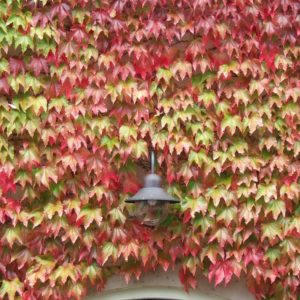
Boston Ivy Seed
Parthenocissus tricuspidata£5.00 inc. VATBoston Ivy is a vigorous self clinging deciduous vine with distinctive 3 lobed leaves which turn deep crimson and scarlet in autumn. The fruits are dark blue / black. It makes an ideal climber for the side of a building in semi-shade, and will work on a north wall, although the autumn colour will not be as striking.
Rowan Adams, CC BY-SA 4.0 , via Wikimedia Commons
-
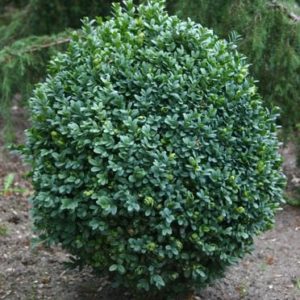
Box / Common Box Seed
Buxus sempervirens£6.00 inc. VATBox will eventually grow into a small tree, but more normally a dense medium sized shrub. It produces masses of small, dark, evergreen leaves. Ideal for topiary and hedging purposes in the formal garden since it clips well, late summer.
-
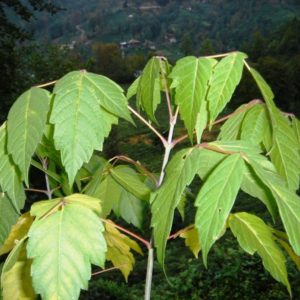
Box Elder Seed
Acer negundo£18.00 inc. VATBox Elder is not an elder at all but a relatively short-lived, bushy deciduous acer. Fast growing to a medium or large size. The bright green pinnate leaves are paler on the underside. Flowers pale yellow green before the leaves appear. Useful for colonising poor, wet soils but can become invasive and is classed as a pest species in Australia. There is a variegated form ‘Flamingo’, which has pink, white and green leaves.
pic courtesy of Karduelis, Public domain, via Wikimedia Commons
-

Broad Leaved Lime Seed
Tilia platyphyllos£6.00 inc. VATThe Broad Leaved Lime is a large vigorous tree with roundish sharply toothed leaves with downy hairs which are more prominent on the underside. The flowers appear in mid summer, and can be used to make a calming tea. Bees appreciate them for nectar. The timber is useful in turning and instrument making since it is fine-grained and soft.
Not for forestry purposes.
-
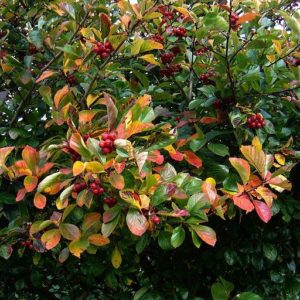
Broadleaved Cockspur Thorn Seed
Crataegus prunifolia£5.00 inc. VATA compact, small tree with very fierce thorns. This is possibly a hybrid, but it has been cultivated since the 18th century and the parentage is unknown. Leaves are almost untoothed and glossy dark green, rather like a cherry. Large white flowers along the stems in spring followed by red ‘Haws’ in autumn. These coupled with golden autumn leaves make this highly decorative.
-
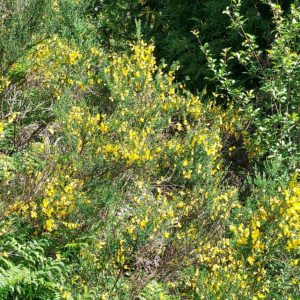
Broom Seed
Cytisus scoparius£5.00 inc. VATBroom is a medium sized deciduous shrub, with whip-like fine branches and small leaves, quite like gorse but without the thorns. It has rich butter yellow, scented flowers in late spring, (again, like gorse) often visited by bees and the flowers have an interesting method of depositing pollen on the bees’ backs. Seed pods twist and crack open when ripe, making clicking noises. If pruning is necessary, it is done after flowering. Quite often found as a pioneer on poor soils
-
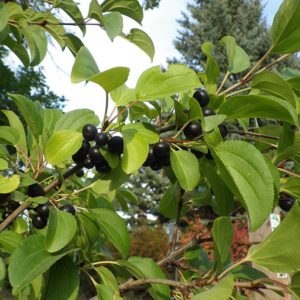
Buckthorn/Purging Buckthorn Seed
Rhamnus cathartica£5.00 inc. VATPurging Buckthorn is a large deciduous shrub or small tree. The spiny branches are very attractive in the autumn when they are carrying their small shiny dark almost black fruits and yellowing leaves. Flowers are insignificant yellow-green in summer and held close to the stems. Leaves and fruit are slightly toxic if ingested, causing stomach problems, though birds eat the berries with impunity. It is the food-plant of the Brimstone butterfly. In parts of N. America, this plant is classed as an invasive species, but this doesn’t happen here.
-
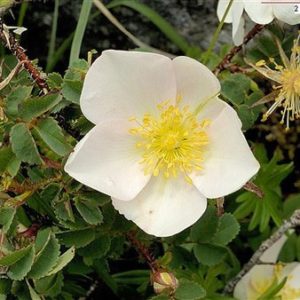
Burnet / Scotch Rose Seed
Rosa spinosissima / pimpinellifolia£5.00 inc. VATThe Burnet Rose is a small suckering deciduous shrub that makes dense low thickets of prickly branches so forms a good security barrier in plantings. It has small white or pale pink flowers from late spring through to early summer The profusion of highly scented flowers is followed by a heavy crop of rounded black fruits. Quite often it is found at the edges of beaches, sand dunes and shingle banks. Useful for coastal plantings.
-
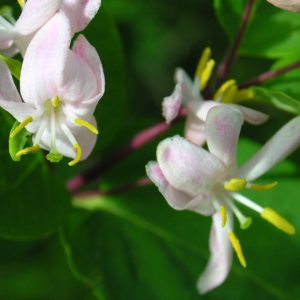
Bush Honeysuckle
Lonicera tatarica£1.59 inc. VATA vigorous deciduous shrub up to 3m high. It produces large amounts of pink flowers from spring into early summer. These are followed by red berries.
-
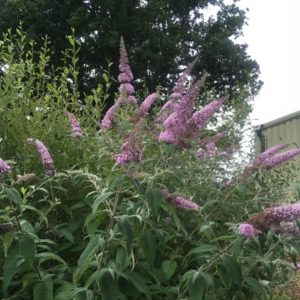
Butterfly Bush Seed
Buddleia davidii£7.00 inc. VATBuddleia or Butterfly Bush is a deciduous shrub which produces fragrant purple flowers on long racemes from mid summer onwards. As the common name suggests it is particularly attractive to many species of butterflies which feed on its nectar. Greyish leaves with a white underside. Prune in spring. It can be cut back to ground level without killing it! Often found on waste ground and railway edges, also on old and derelict buildings, especially on chimneys.
-
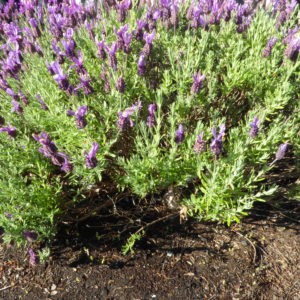
Butterfly Lavender Seed
Lavandula stoechas pedunculata£2.00 – £3.50 inc. VATButterfly Lavender is a grey leaved, dwarf shrub with short flower spikes borne on a long stalk. The long ear-like purple bracts give rise to the name “Papillon” or “Butterfly Lavender.” Flowers and foliage are highly scented and attract all manner of insects especially bees. Prune after flowering, by shearing off the old flowers. Better in full sun and definitely not in the wet.
-
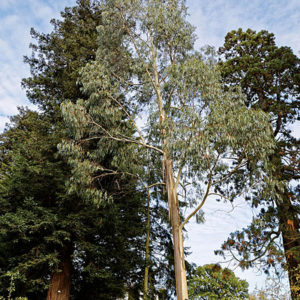
Cabbage Gum Seed
Eucalyptus niphophila£5.00 – £30.00 inc. VATA very hardy Eucalyptus. The stem of the tree is almost white through to green with a flaking bark. It has large leathery grey green lance shaped leaves. It is a relatively small tree (up to 15m tall) and so is ideal for gardens.
-
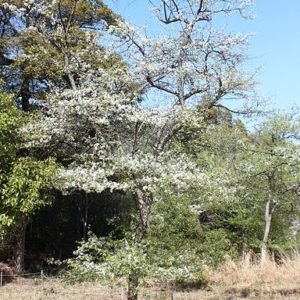
Callery/ Bradford Pear Seed
Pyrus calleryana£5.00 inc. VATThe Callery Pear is a pretty and resilient ornamental deciduous tree that grows to 15m. When young it has a teardrop shape but spreads with age. The showy white blossom appears before the leaves in spring and gives rise to small hard brown fruits in the Autumn. Good for early bees. Extremely resistant to fire-blight disease.
-
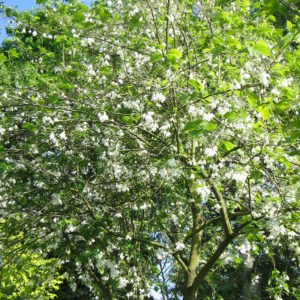
Carolina Silverbell Seed
Halesia carolina£5.00 inc. VATCarolina Silverbell is an elegant, fast growing, deciduous, woodland tree. The delicate, white pendulous bell flowers in emerge with the leaves in spring and are lightly scented. Prized by beekeepers for being a good supply of honey/pollen/nectar. The flowers are followed by four-winged pale green fruit and yellow autumn colour later in the year.
-
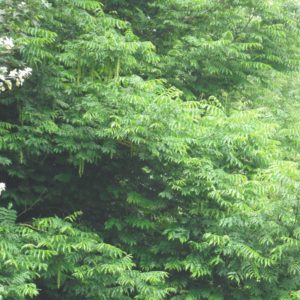
Caucasian Wing Nut Seed
Pterocarya fraxinifolia£5.00 inc. VATCaucasian Wing Nut is a large wide spreading deciduous tree with a short trunk and deeply furrowed bark. The leaves are pinnate and up to 60cm long with toothed leaflets. The decorative, pendulous catkins that appear in summer and last into the autumn, are lime green and up to 50cm long. It does better in moist loamy soil and seems to thrive as far north as the Lake District, Cumbria, where it rains a lot, but also gets a fair amount of snow in the winter.
-
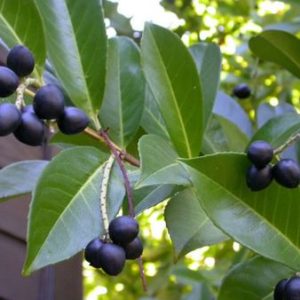
Cherry Laurel / Common Laurel Seed
Prunus laurocerasus£5.00 – £10.00 inc. VATCherry Laurel is vigorous wide spreading evergreen shrub with dark shiny green leaves, often used for screening. It produces attractive erect clusters of white flowers in spring that give rise to small cherry like fruits that eventually turn black. Insects visit the flowers and birds eventually eat the berries. Clip in the summer, for hedging, and the best finish is by using secateurs!
-
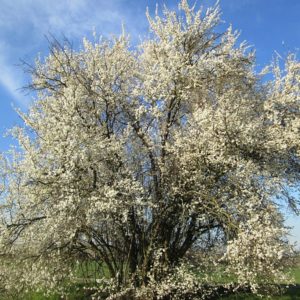
Cherry Plum Seed
Prunus myrobalan / cerasifera£5.00 inc. VATCherry Plum is a small, native, deciduous tree smothered in small white flowers in early spring. Mature specimens bear red cherry-plums in late summer and autumn. It is an excellent shrub for a dense hedge and attracts early insects so is useful on meadow edges and mixed plantings of native trees. Tolerant of pruning. Also known as Myrobalan Cherry. (There are other trees from Asia, also know as Myrobalan)
-
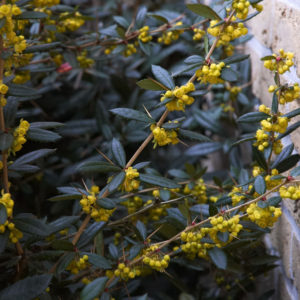
Chinese Barberry Seed
Berberis julianae£5.00 – £10.00 inc. VATChinese Barberry is a excellent densely growing, evergreen, spiny-leaved bush. The leaves are copper tinted when young. The scented yellow flowers are borne in bunches of up to 15. It makes a good hedging plant and security barrier.
-
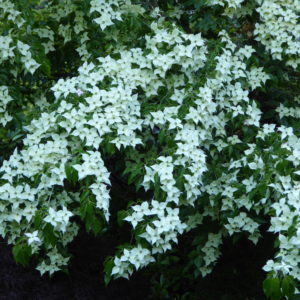
Chinese Flowering Dogwood Seed
Cornus kousa chinensis£5.50 inc. VATChinese Flowering Dogwood is a decorative, slow growing, large shrub or small tree suitable for small gardens. Long-lasting leaf-size pinkish-white bracts surround the small flowers from early summer. Superb autumn colour.
-
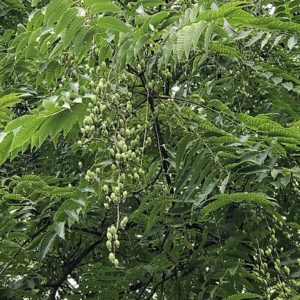
Chinese Mahogany Seed
Toona sinensis£20.00 inc. VATToona sinensis is a highly decorative deciduous tree, often multistemmed. The long and large pinnate aromatic leaves are often pink when young and are used in Chinese cuisine. The smooth bark on young trees becomes shaggier with age. Small scented flowers in July, white or pink, are produced in long pannicles at branch ends. The wood is used for furniture as a ‘genuine’ mahogany substitute and also burns aromatically. It is now being investigated as an alternative woodland tree because of climate change and disease issues.
-

Chinese Privet Seed
Ligustrum Sinense£3.00 inc. VATLigustrum Sinense
A vigorous deciduous shrub, up to 4/5m high, with a spreading, arching habit, downy stems and lance-shaped green leaves.Ligustrum sinense is the most free-flowering deciduous privet, forming a large, spreading, arching shrub packed with panicles of white flowers , followed by small, round, black fruit. Tough, it makes an effective boundary hedge and can be easily pruned.
-
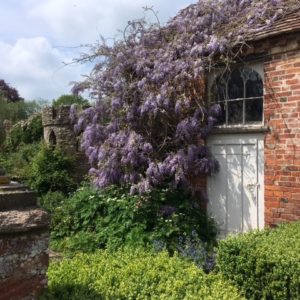
Chinese Wisteria Seed
Wisteria sinensis£10.00 – £20.00 inc. VATWisteria is probably the most noble of climbers. The leaves are made up of 9 to 13 oblong leaflets. The highly scented mauve or deep lilac flowers are borne before the leaves in spring and are produced on racemes up to 30cm long. These are followed by velvety seed pods. A mature specimen is a wonder to see and smell. Prune twice a year, shortening the long tendrils in February and again in June.
-
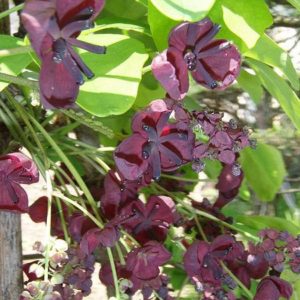
Chocolate Vine Seed
Akebia quinata£5.00 inc. VATThe Chocolate Vine is a vigorous climber, which can be semi evergreen when planted in a sheltered spot. Interesting three ‘petalled’ purple flowers in early summer, with chocolate fragrance. Attractive fresh green leaves made up of five leaflets.
-
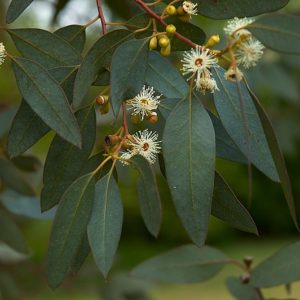
Cider Gum Seed
Eucalyptus gunnii£6.60 – £42.00 inc. VATEucalyptus or Cider Gum the best known and hardiest Eucalyptus in cultivation. Its evergreen juvenile leaves are rounded and an outstanding silver blue, much used in floristry. As they mature the leaves become sickle shaped. It can be allowed to develop into a specimen tree, pruned to bush size or coppiced. After pruning, the foliage will grow as juvenile again. Very fast growing. Unlike many Eucalypts, the bark tends to be smooth, not flakey. Flowers are creamy white, on and off through the season. Scented oils are released from crushed or burning leaves and are used as an antiseptic and to treat respiratory problems.


Sign up to receive great news and offers